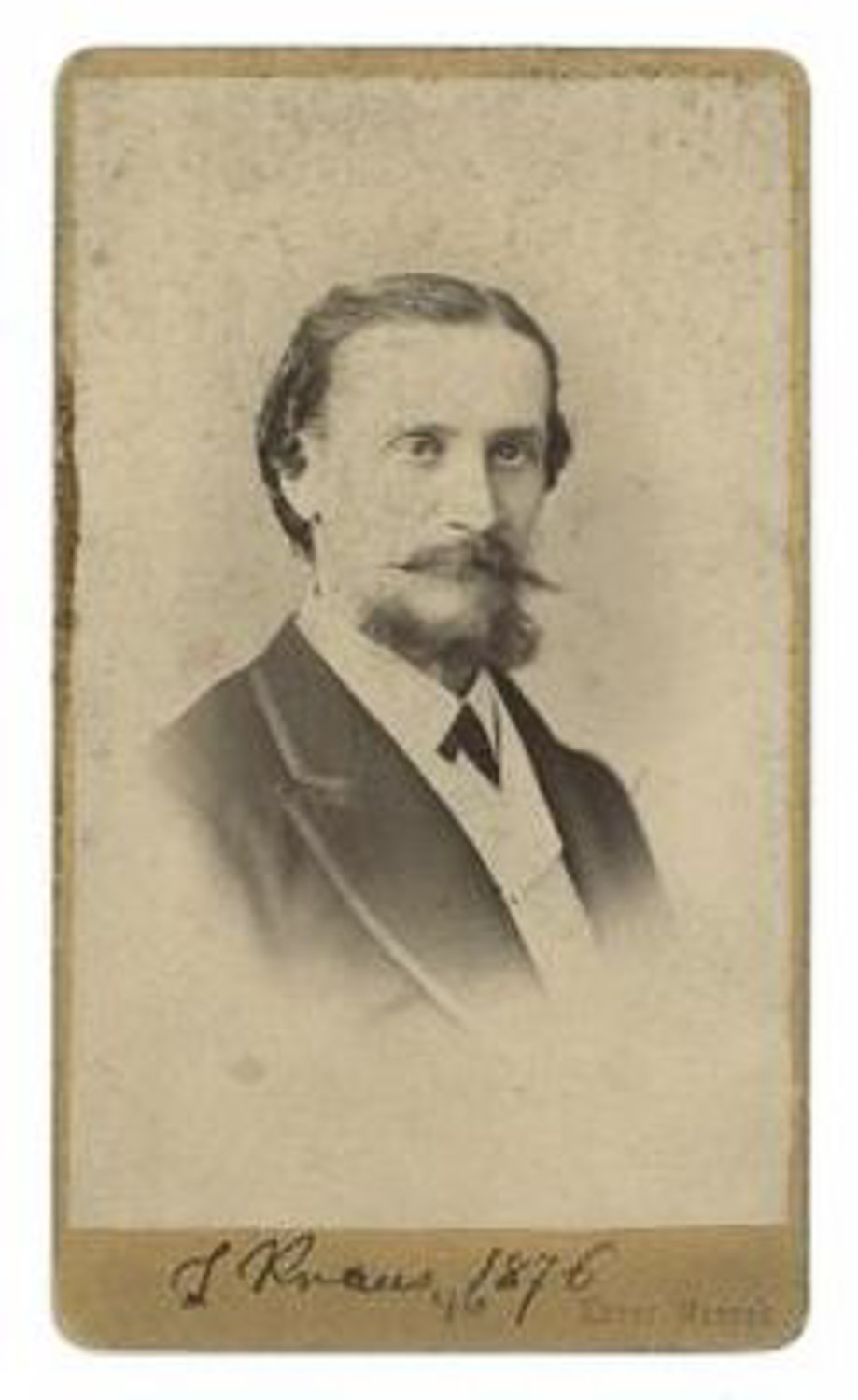
Kraus cave
History of exploration and development
The natural and soon shaft-like cave entrance in the gorge of the “Noth” near Gams had long been known to the local population as the “Annerlbauernloch” when Franz Kraus came to this area in 1881. Of all the known caves in the area, it was the Annerlbauernloch that attracted his particular interest. Based on his suggestion, a committee of local residents (Gamser-Grotten-Comité) was formed to develop the cave; he himself soon acquired the ownership rights to the cave and financed the development largely from his own funds. At that time, the current entrance was artificially uncovered to bypass the natural, shaft-like entrance.
The Kraus Cave, which was originally also called “Kraus Grotto” in honour of its developer, is one of the oldest show caves in Austria, as its ceremonial opening took place on 28 May 1882. On that day, the entire cave was lit with 800 candles, 300 of which were in the main hall. At the elaborately organised celebration, there was music and dancing in the cave and refreshments were served at several places.


From 1883, the cave was illuminated with five arc lamps of 1000 standard candles each; the installation was carried out by the well-known Viennese firm Brückner, Ross & Co. The Kraus Cave was thus the first show cave in the world to use electric light (the world-famous Adelsberg Grotto was not illuminated electrically until 1884). The electricity was generated with the help of a small generator in the Noth. In 1884, the Kraus Cave was leased by the Austrian Tourist Club (ÖTK).
Even after the death of Franz Kraus on 12 January 1897, the show cave continued to operate. In memory of the cave’s developer, his son-in-law August Muck had the Styrian sculptor August Kratzwohl make a monument and a commemorative plaque, which was erected in front of the cave entrance in August 1907.
Although the electric lighting had to be discontinued at the end of August 1889 for cost reasons – Franz Kraus had financed everything on his own and the maintenance of the facility was very expensive in the long run – this facility was not dismantled until the beginning of the First World War and the guided tour operation also came to a standstill. However, the importance of the cave was not forgotten in professional circles. In 1930, the cave was placed under a preservation order. This protection was preceded by a survey of the cave by Hermann Bock.
After the Second World War, guided tours were not resumed at first. During occasional visits, the deterioration of the pathways and the destruction of the cave could be observed again and again. This development finally came to an end in 1963 with the conclusion of a lease agreement between the landowner and the Gams Volunteer Fire Brigade, which now also reorganised the guide operation on the basis of approved operating regulations of 27 October 1964.




